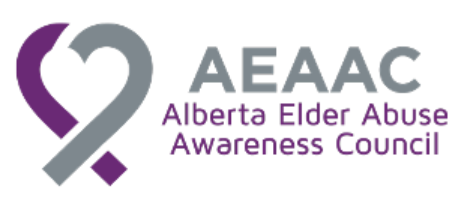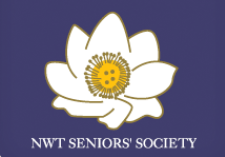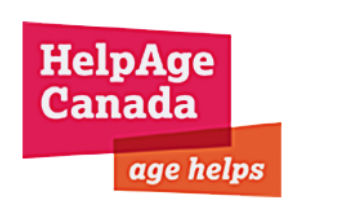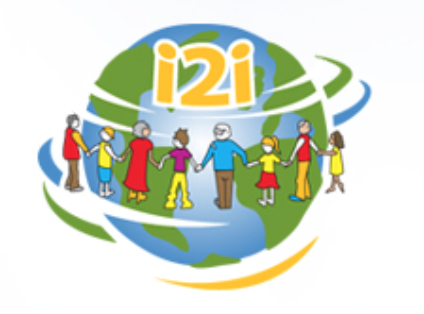Blog
- Details
By Carly Aasen
The Gwich’in Translation Revitalization project is taking the It’s Not Right! Neighbours, Friends & Families program developed by the University of Western Ontario and translating the material into Gwich’in: GWIK’IT GÒON’LIH KWÀH. 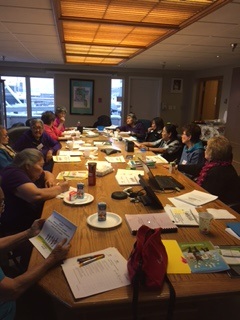
A group of ten Gwich’in women from Fort McPherson, Aklavik, Tsiigehtchic, and Inuvik, met in Inuvik late November to complete training to deliver the materials in Gwich’in to their home communities. Two elders from each community will work together to be teachers and leaders in how to support people who may be older adults who are experiencing abuse.
Ann Firth-Jones, President, NWT Seniors’ Society initiated this project in early 2016, Sarah Jerome, a Gwich’in elder, is the Team Leader. This project is funded by New Horizons for Seniors – Community Engagement Program and supported by the Gwich’in Tribal Council, Ingamo Hall Friendship Centre, NWT Seniors’ Society, and the community of Inuvik.
Please contact Barb Hood, Executive Director of the NWT Seniors’ Society with any questions or for further information.
- Details
This blog is about the progress of my PhD study entitled “Pioneers in Aging: Voices of Rural-Dwelling Women Age 85 and Older”. I see these women as pioneers because they are living beyond the age of Canada’s current life expectancy and are blazing a trail for those coming behind them. My study focuses on the lived realities of these women and how social structures support or limit their ability to age-in-place.
- Details
By Heather Campbell
This post is part 2 of 2. My earlier piece looked at Diogenes syndrome and the civil law, namely residential tenancies (eviction), involuntary commitment and capacity assessments.
Diogenes syndrome by proxy was first described in 1994.1 The authors called it “a clear example of elder abuse,” although they said it may be unintentional.
- Details
By Heather Campbell
Diogenes syndrome is a behavioural disorder characterized by extreme self-neglect, domestic squalor, hoarding, social withdrawal, refusal of help, and a lack of concern about one’s living condition 1. It is mostly found in older adults, but it can occur across all ages and socioeconomic backgrounds. Affected individuals are usually of average or above-average intelligence, and they sometimes have other mental illnesses, such as schizophrenia or frontotemporal dementia.2
- Details
The following resource is part of the Family Violence Initiative, funded by the RCMP. Find similar tools by searching for the FVIF tag or consult the list of available resources.
November, Financial Literacy Month, is an opportunity to take an in-depth look at the impact financial literacy has on older adults and their support networks. Financial literacy affects more than the financial well-being of individuals and communities as financial decisions and repercussions, informed or not, have widespread influences on our physical health, our mental well-being, and our social systems. One of CNPEA’s current projects is part of the Family Violence Initiative, and one of CNPEA’s goals for this project is to raise awareness about the intersection of elder abuse in a family context. This post will take a look at the way financial abuse affects elders and manifests within the family structure.
Page 38 of 55





